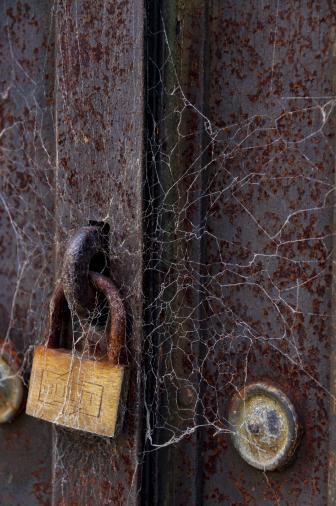The Monochrome Option
Every photo you take with a digital camera is RGB but that hasn’t stopped anyone from exploring the rich field of black-and-white imagery. True, a few years back the “conversion” to black and white was not so simple. You had to explore Channels or desaturate the image to create the foundation file, which left you with a fairly good black-and-white rendition, but something that often left crucial and creative information out of the final result. Now that we have the tools in just about every image-editing program, and a host of capability-stretching plug-ins, black-and-white photographers can without question create prints and images that rival what even the most experienced darkroom worker could produce in the past.
 |
|
|
Indeed, you also have the capability to program the processor in the camera to emulate what the effect of color filters on the lens would have on panchromatic film. This only hints at what you can do later when processing the Raw image file, and begins the color conversion steps that you can take to even greater heights later. For example, choose the red filter effect and your image will not have a red cast—it will cut down on the brightness of the blue record and give you the deepest sky you’ve ever seen on your images. Couple that with a slight rise in the contrast settings in your image parameters and you’ll see an even deeper blue sky.
Making black-and-white prints has also come a long way since the days when monochrome images went through the classic and horrid green shift (due to mixing black and gray from mostly color composites) where we now have printers with levels of black and gray ink and longevity standards that are close rivals to silver prints. We rarely need the old RIPs and complicated curve structures required in the recent past, and have tools and techniques that allow for the kind of control over our contrast and tonality darkroom workers only dreamed of in the past.
The same goes for paper choices, both in terms of surface and the ability to recreate rich tonality that in the past might require extra toning baths and very discrete printing techniques. And a good number of those papers seem dedicated to the needs and desires of black-and-white printmakers.
As someone who spent many moons working in the darkroom, I first had strong doubts about the ability of digital to deliver a quality monochrome image. But over the years I have seen an amazing progression of tools and techniques, software and hardware that has launched us into a very exciting time to be engaged in black-and-white photography.

www.shutterbug.com
Check our web page often for the latest updates, news, and opinions on the photography scene. Our archives are a rich source of information and contain every article we have published since 2000. Search by author, title, or camera and lens and delve into our rich How-To library. You can also share your opinions on our Forums and your images on our Galleries.

































